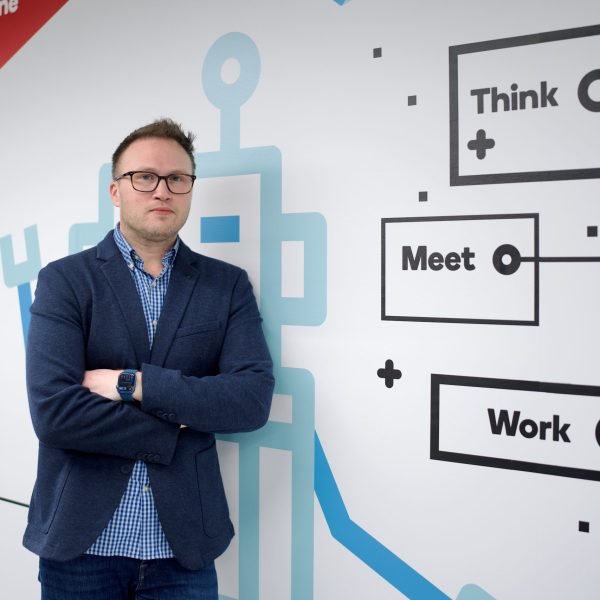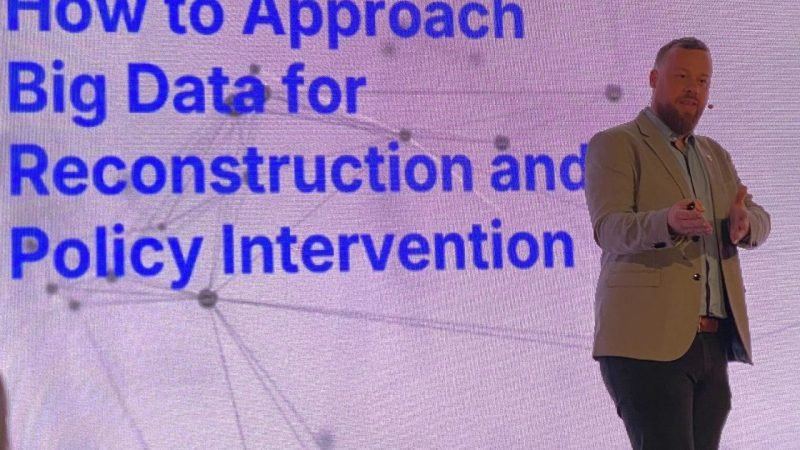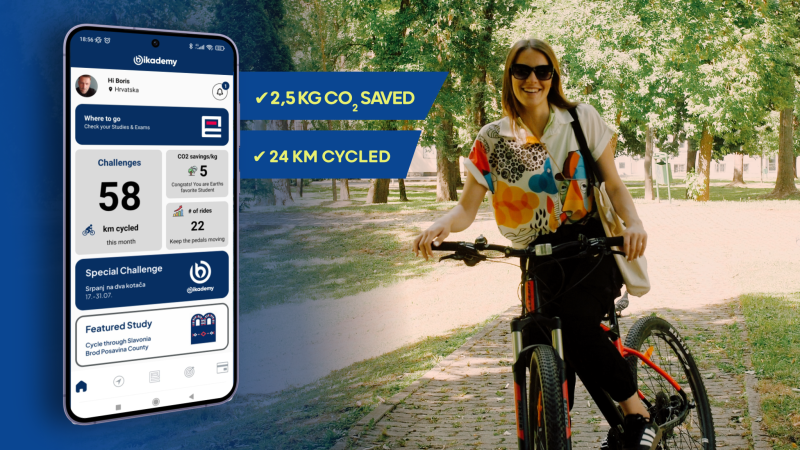Over the years, I’ve had the privilege of mentoring startups across different countries—whether it’s in the Netherlands, Greece, Croatia, or elsewhere. Despite the diverse cultures and industries, one challenge remains universal: moving from the ideation phase to the solution phase.
Time and again, I’ve seen early-stage entrepreneurs stumble at this critical juncture.
Many startups approach the ideation phase with excitement and optimism. On paper, everything seems possible. But once the process begins, reality kicks in. It’s no longer about dreaming big but about building the right foundation. Without a solid start, scaling your business later will feel like trying to run uphill through sand. That’s why it’s essential to focus first on achieving Problem-Solution Fit (PSF).
What is Problem-Solution Fit (PSF)?
PSF occurs when you identify a real, pressing problem for your target audience and craft a solution that resonates deeply with them. It’s not about adding trendy features or solving hypothetical problems—it’s about addressing genuine pain points in a way that people can’t ignore.
PSF is a process of experimentation, learning, and refinement, and it lays the foundation for everything that follows.
The Three Phases of Problem-Solution Fit
- Blurry: Your idea is still abstract, without validation. This is the brainstorming phase. (Many startups in incubation programs start here.)
- Fluid: Through customer conversations and prototypes, your idea begins to take shape and evolve based on feedback. (Most startups in incubation programs reach this phase.)
- Tangible: After testing and refining, your solution solidifies into something people are willing to pay for. (By the end of the program, at least two out of ten startups should have secured more serious commitments.)
Strategies to Nail Problem-Solution Fit
- Listen Before You Build
Talk to potential users. Understand their pain points deeply before diving into development. - Prototype Quickly
Don’t wait for perfection. Use low-cost prototypes—sketches, mock-ups, or demos—to test your assumptions. - Find Early Champions
Identify users who feel the problem most deeply and are eager to try your solution. - Iterate Relentlessly
No solution is perfect from the start. Test, fail, learn, and improve continuously.
Why Problem-Solution Fit Matters
Skipping PSF is a shortcut to failure. Without it, you risk wasting time, money, and effort on a solution that doesn’t meet a real need.
Early-stage startups often ask, “How can we raise funding?” My answer is always the same: Focus on PSF first. Investors want solutions to real problems, not just cool ideas. If PSF isn’t in place, even the best pitch deck won’t help.
Additionally, remember that your product doesn’t need to be for everyone. Not every app on the market is your competitor, and not every user is your target. By narrowing your focus and solving one problem exceptionally well, you’ll increase your chances of success.
Final Thoughts: Achieving Success Through Problem-Solution Fit
Building a product that matters starts with a deep understanding of the problem you’re trying to solve. It requires humility, curiosity, and a willingness to adapt. Achieving Problem-Solution Fit isn’t just a step in the process—it’s the foundation for everything that follows.
Start small, dig deep, and refine relentlessly. Once you’ve mastered PSF, you’ll find the path to scaling and success becomes much clearer.
Good luck on your entrepreneurial journey.






















